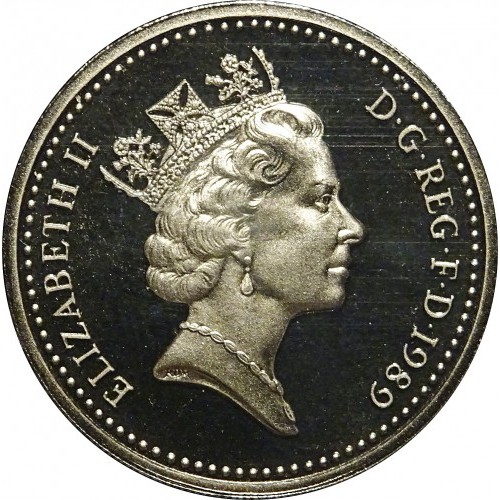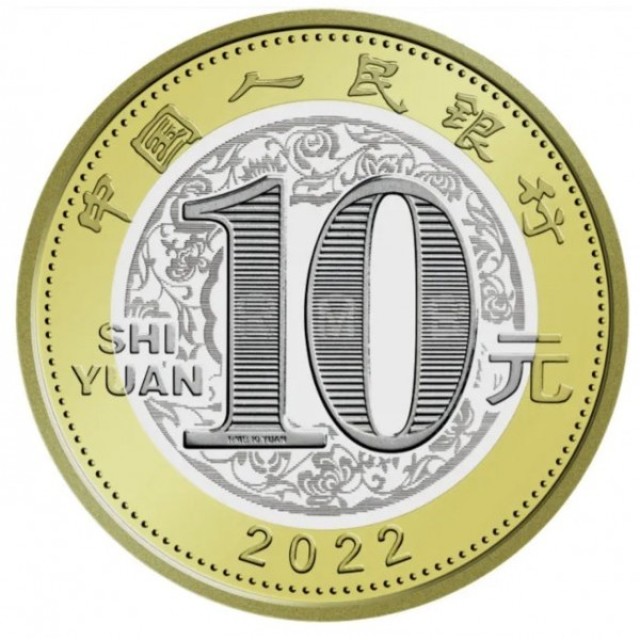USA 2.5 dollars Liberty Head 1854-S
USA, San Francisco


稀有度
極其罕見
硬幣屬性
| Melt Value | $440.81 3.762g Gold |
|---|---|
| Region | USA |
| Denomination | 2½ dollars |
| Krause number | KM# 72 |
| Mintage | 246 |
| Metal | Gold 0.900 |
| thickness | 1.2 mm |
| diameter | 18 mm |
| weight | 4.18 g |
正面:

Liberty
Star
Creators:
Christian Gobrecht
LIBERTY
背面:

Coat of arms
Creators:
Christian Gobrecht
2 1/2 D
UNITED STATES OF AMERICA
硬幣介紹
The historic appeal of the 1854-S quarter eagle is among the highest for any U.S. numismatic issue. It speaks volumes about the conflicting needs of California and Washington during the early Gold Rush days, and more broadly about the needs of the nation as a whole. Collectors and specialists in Territorial gold well know of the extreme dearth of small gold coins in California during the early Gold Rush days, from 1849 through 1856 or so. As makeshifts, foreign gold and silver coins, along with gold dust and gold ingots, fulfilled but a small portion of the acute need. Hoarding quickly drove federal gold coins from circulation. Paper fractional currency was not an option: It was illegal under the State Constitution. The massive oversupply of gold versus silver caused silver coins' melt value to exceed face value. The few silver U.S. coins that made their way to California were insufficient for larger payments, and were hoarded or exported, rather than melted, after the 1853 content reduction. The Territorial gold coins that private minters issued were underweight (or perceived to be so), and mostly traded far below par or were melted. Before 1854 the nearest federal mint that could coin California gold was in New Orleans, an extremely long distance by land or sea from the gold fields in California. All these factors underline the need for a local California mint, but there is a broader perspective at work: Great Britain was at the height of her powers from the early 19th to early 20th centuries. But America's star was in the ascendant. The nation needed quantities of federally produced gold coinage not only to satisfy local commerce in California and to ease the flow of goods, but also to properly portray her increasing rank and wealth in the international community. As early as 1848, the military governor of the California Territory, Col. R.B. Mason, Jr., proposed a federal mint. But New York state wanted a mint there, and state politicians opposed the idea. So did politicos from Georgia, North Carolina, and Louisiana--states that already had mints. Even Pennsylvania officials opposed such a move, apparently believing it could threaten the Philadelphia Mint. After California achieved statehood, Sen. John C. Fremont traveled to Washington to discuss the need for a Western mint with Mint Director Robert Maskell Patterson, who unfortunately believed that America already had too many mints. He likely surmised that another mint for gold coinage would, like those in Dahlonega and Charlotte, prove inefficient and costly for the value received. In December 1850 President Millard Fillmore conveyed these thoughts in his message to Congress: "There being no Mint in California, I am informed that the laborers in the mines are compelled to dispose of their gold dust at a large discount. This appears to me a heavy and unjust tax upon the labor of those employed in extracting the precious metal, and I doubt not you will be disposed to, at the earliest moment possible, relieve them from it by the establishment of a Mint. In the meantime, as an Assayer's office is established there, I would respectfully submit for your consideration the propriety of authorizing gold bullion, which had been assayed and stamped, to be received in payment of Government dues." But it was not the president who authorized legislation--it was Congress, which in matters of coinage facilities consulted the Treasury Department, which in turn consulted Patterson, the mint director. In 1851 and 1852 the "unofficial mint" for the region, the U.S. Assay Office of Gold, was officially allowed to produce only the massive fifty dollar octagonal "slugs" that did nothing to alleviate the shortage of small gold coins, again burdening private mints to assist with the shortfall. Finally Congress in 1852 gave the OK for a branch mint in San Francisco, but it would be April 1854 before the needed improvements in capacity and machinery could be made to the former U.S. Assay Office of Gold building. Even when the San Francisco Mint finally opened, a scarcity of "parting acids" meant that gold coinage was sporadic, subject to frequent fits and starts. Most of the 1854 San Francisco gold coinage was directed toward the ten and twenty dollar denominations. Both the 1854-S quarter eagle and half eagle saw microscopic mintages, recorded as 246 and 268 coins, respectively. Both issues are extreme rarities today. Only three examples are known of the 1854-S half eagle, while about a dozen examples of the 1854-S quarter eagle survive. The 1854-S quarter eagle is ranked number 87 in the 100 Greatest U.S. Coins by Jeff Garrett and Ron Guth. They noted in 2003 that "As one researcher stated back in 1952, the 1854-S Quarter Eagle is 'one of the most underrated United States coins in any metal ... and [is] completely free of the stigma of Mint experimentation and chicanery.'閱讀更多













